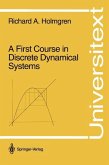
eBook, PDF
6. Dezember 2012
Springer New York
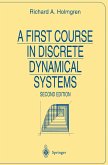
Broschiertes Buch
2nd ed. corr. pr.
15. August 1996
Springer / Springer New York / Springer, Berlin
978-0-387-94780-8
| eBook, PDF | 57,95 € |
eBook, PDF
5. September 2012
Springer New York
Ähnliche Artikel
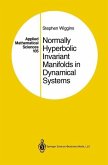
eBook, PDF
22. November 2013
Springer New York

eBook, PDF
14. November 2006
Springer Berlin Heidelberg
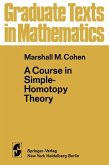

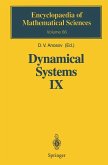
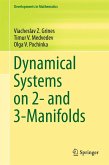
eBook, PDF
11. November 2016
Springer International Publishing
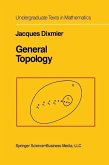
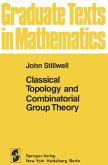
eBook, PDF
6. Dezember 2012
Springer New York
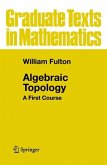

eBook, PDF
6. Dezember 2012
Springer New York
Ähnlichkeitssuche: Fact®Finder von OMIKRON
